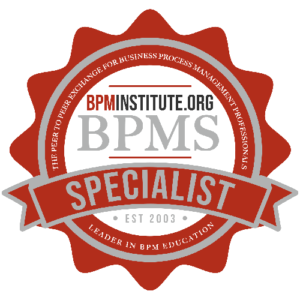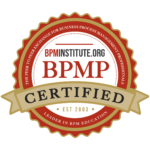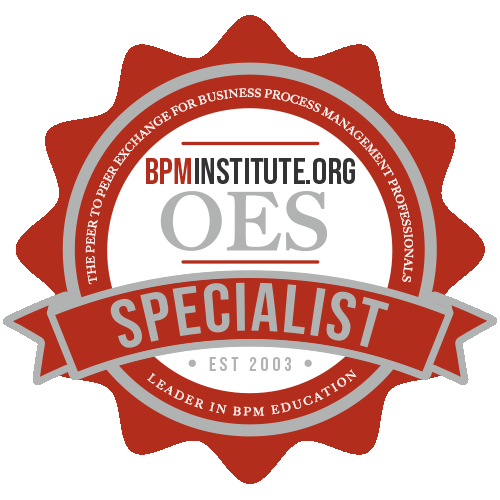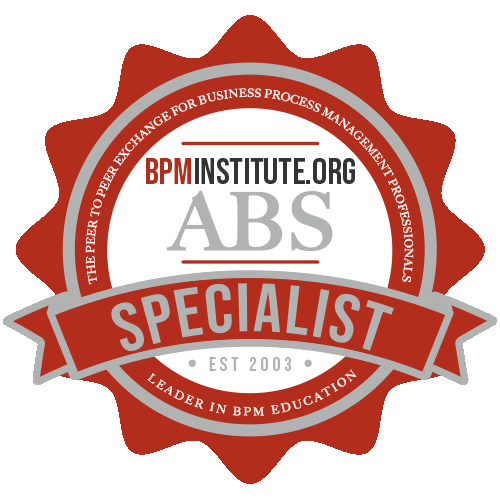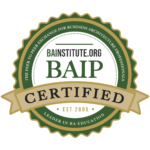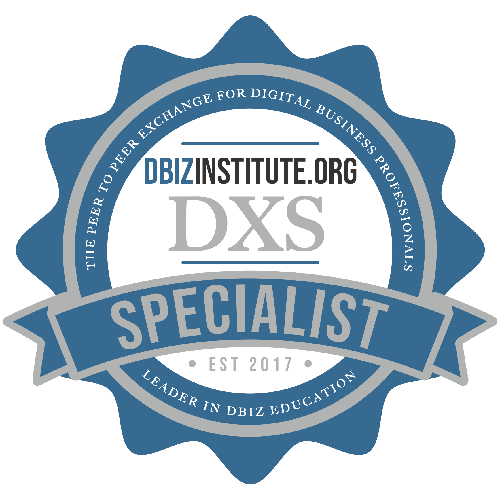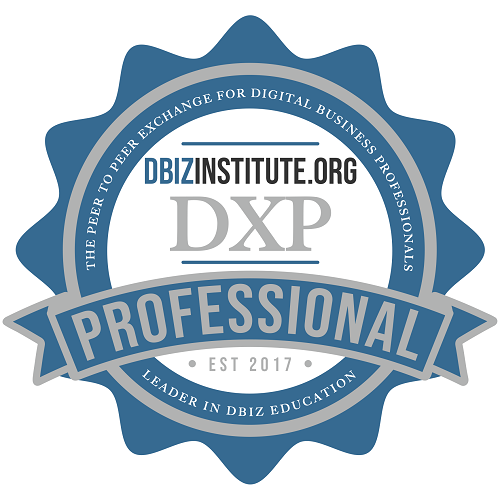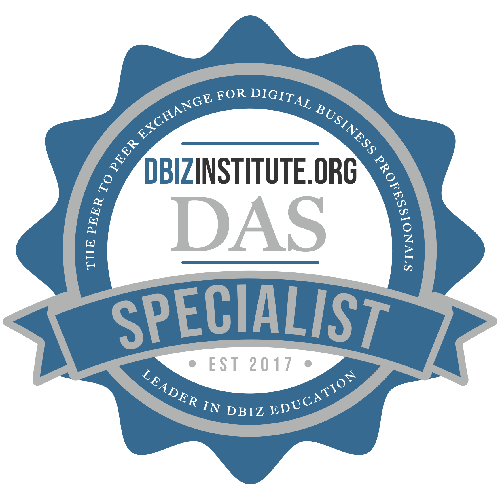Home / Resources
Resources
Discover a Wealth of BPM Knowledge and Expertise at BPMInstitute.org!
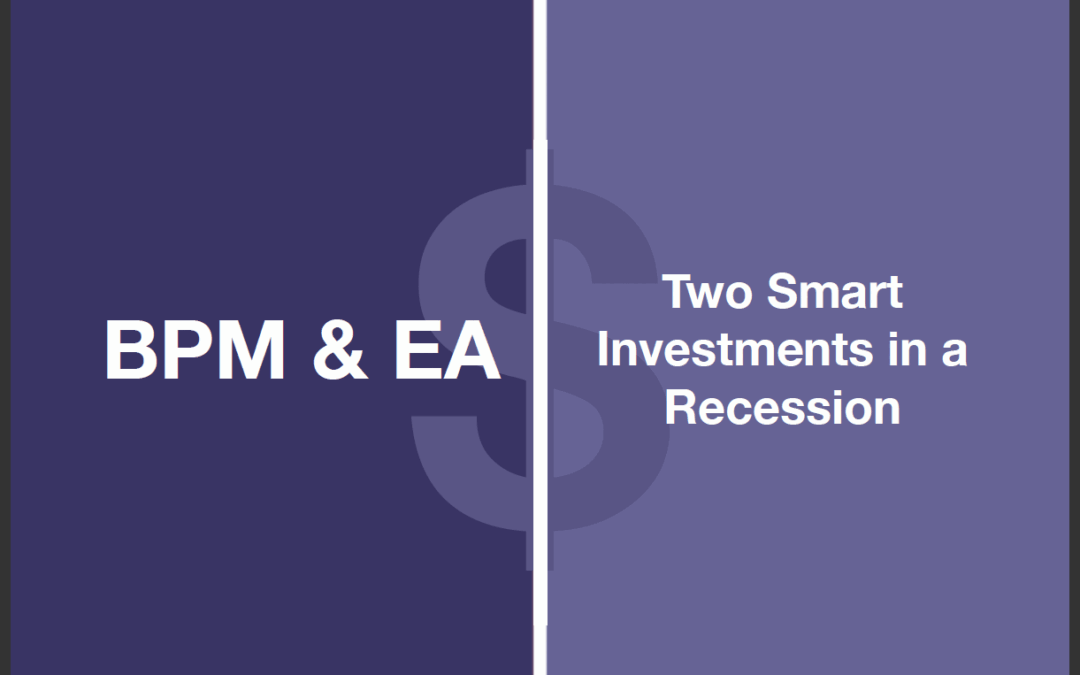
BPM & EA – Two Smart Investments in a Recession
The glory days seem far behind as stock prices fall, retail sales plummet, budgets are cut and global markets struggle. Both businesses and government organizations are looking for ways to dramatically reduce costs, do more with less and basically just survive the economic storm.
Most companies are using what seems to be a logical approach – cut, cut, cut. Cut people, cut budgets, cut travel, switch to lower cost suppliers – anything that results in an immediate reduction to expenses.

Research Brief: BPM Outside the Firewall
This Research Brief highlights a selection of the findings from the BPMInstitute.org’s State of BPMSM Research. It reviews the process and data complexity challenges associated with automating mission-critical processes and extending them to a company’s remote employees, customers, partners and suppliers. It explores the support requirements for those people who are disconnected from the home office.
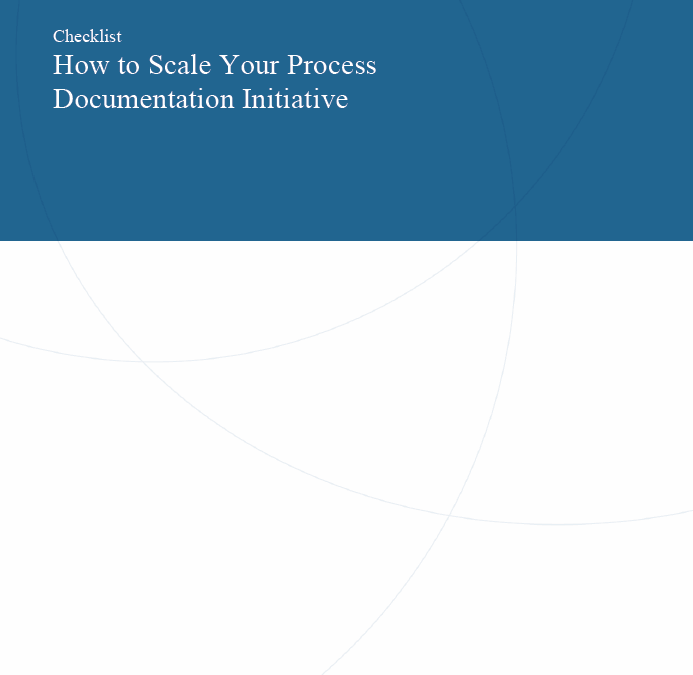
How To Scale Your Process Documentation Initiative
Strong, visible sponsorship is essential for an initiative of this nature to succeed – you will require time and effort from a large number of people across the business. This weekly meeting creates a definite time commitment on the executive’s schedule, keeps them engaged, and is essential to the initiative’s success. Each week, you will get push back from groups who are busy “fighting fires” and may not want to prioritize your process documentation initiative. Utilize this meeting to place executive pressure on those groups to ensure commitment is kept.
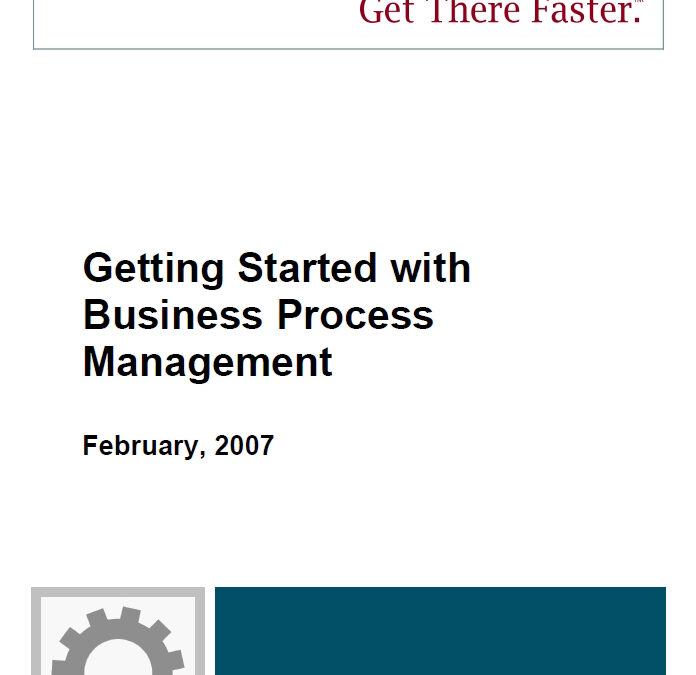
Cloud Community Eases The Path To BPM For Business Users
IBM BPM BlueWorks is cloud-based community with resources to help business leaders link strategy and execution. Users can tap into content and tools that support any stage of process analysis — from learning about BPM to collaborating with the community, experiencing BPM and optimizing processes. At each stage, users have access to pre-built BPM content, processes and contributions from BPM experts and users worldwide. BPM BlueWorks is available at no-cost, making it easy for any business to get started with BPM.

Are You Set Up To Manage Process Change?
When the idea of BPM as we understand it today first began to gain currency (when Smith and Fingar published their book “Business Process Management: The Third Wave” in 2003), the distinction that was clearly made between BPM and its predecessor, Business Process Reengineering, was that BPM explicitly recognises that business processes change over time, and seeks to help organisations enable and drive continuous change through the lifecycles of processes.

The Process Professional: An Independent Review of Ascentn’s AgilePoint
In a continuing series evaluating the tools used by Business Process practioners, this article looks at Ascentn’s AgilePoint. Criteria for evaluation are ease of use, a short learning curve, and good collaboration features.
AgilePoint is a full-featured BPM suite. Ascentn distinguishes their market as one of “people and culture, not technology.” After looking into their products, I understand this to mean their focus is on the process practitioner.

Business Decisions and Rules
Several years ago I was asked to be part of a panel discussing business process and business rules at one of the BrainStorm conference stops. The panel included James Taylor – noted thought leader and the man who coined the term “Enterprise Decision Management”. I had had the pleasure of talking with James on several occasions prior to this panel but found myself doing a double-take when he said “the dirty secret is that business analysts don’t really care about the rules”. Blasphemy! Isn’t that why we’re all here? Isn’t that what we do?

The Role of Organizational Change Management in Business Architecture
Recently I described the role of the Business Architect in developing a formal Organizational Change Management program. As a result, I had an interesting conversation with a CIO. This CIO had a good understanding of and appreciation for business architecture.

Vetting Business Architecture (BA) Approaches
This is the inaugural year for the BusinessArchitectureInstitute.org with its recent launch this past spring. The growth of interest and the demands for information surrounding Business Architecture (BA) have increased significantly over the past few years. BrainStorm BA conference attendees and BA training class students have benefited from seeing a new approach emerge for the enterprise. Hopefully, the reader has participated in one of this year’s BrainStorm events and learned of the many opportunities associated with the Business Architecture.

SOA and Cloud Computing
Cloud Computing is an emerging style of IT delivery in which applications, data, and IT resources are rapidly provisioned and provided as standardised offerings to users over the web in a flexible pricing model.
At a recent conference where I presented on the current state of Cloud Computing, I was pleasantly surprised at the level of genuine interest given the current low investment situation in which most companies find themselves.

Cloud Computing – or Whatever You Call It
Organizations are moving applications and infrastructure to servers on the Internet at an increasingly rapid rate and Cloud Computing – or whatever you call it – is changing the way people access information as well as they way they work and play. That is making the term ”Cloud Computing” more ubiquitous. Yet, as often happens with emerging technology waves, it is also making the term more confusing and vague.
Case Management Strategies and Best Practices: Taking traditional BPM way beyond conventional workflow, routing and collaboration
If you are a corporate executive or business process manager interested in effecting positive change and gaining control of your company’s core business process in 2009, then this Business Roundtable is right for you.
In this dynamic session, Pallas Athena will show how Case Management approaches are changing how companies look at typical BPMS solutions. Case Management is not new but can have an immediate positive impact on your company, your employees and your financial bottom-line.

Staying Within the Fringes: Ways to Reduce BPM Implementation Cost
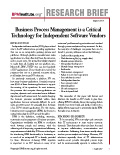
Research Brief: Making BPM Pervasive
If the discipline of process management, improvement and optimization is so valuable, why is it not more pervasive in the fabric of companies? What might need to happen to make it so pervasive? One answer: Embed it everywhere and make it easy to obtain its value. Embedding BPM discipline and its enabling technology throughout a company results in the benefits of process management becoming accessible to everyone. Some form of process modeling, automation, monitoring and reporting can then be done by all employees rather than a select few “process experts”. Continuous process improvement is then supported through instinct, experience and observation rather than just through formal analysis. Process skills become more broadly internalized and practiced as a fundamental work habit. A critical partner in the objective of embedding BPM is the Independent Software Vendor.

Migrating to an Enterprise Service Bus – It’s worth the effort to do it right
Migrating to an Enterprise Service Bus (ESB) is a bigger decision than many companies realize. It creates the opportunity for central management and access points for all the services available in the enterprise. When determining the need and the method for enabling an ESB for services, there are several important considerations. The ESB can act as a simple access point in terms of acting as a proxy to hosted web services; it can orchestrate calls to many web services through languages like BPEL, and it can also house the web service code itself.
BPMS Watch: The DI Mess
BPMS Watch readers know I am a big fan of OMG’s Business Process Modeling Notation (BPMN) 2.0, which has passed its first approval hurdle and is now in the Finalization Task Force stage. A major reason is that for the first time, BPMN has standardized the schema for XML interchange of process models.

Business Architect Job Description
I am often asked to describe the role of the Business Architect; the role is new enough that most Resource Managers do not have a job description on file. Of course, the answer depends on the context within which the question is asked. Sometime I describe what the Business Architect “does.” Other times I describe what the Business Architect “accomplishes.” Yet other times the inquirer really wants to know what “skills” the Business Architect should possess.
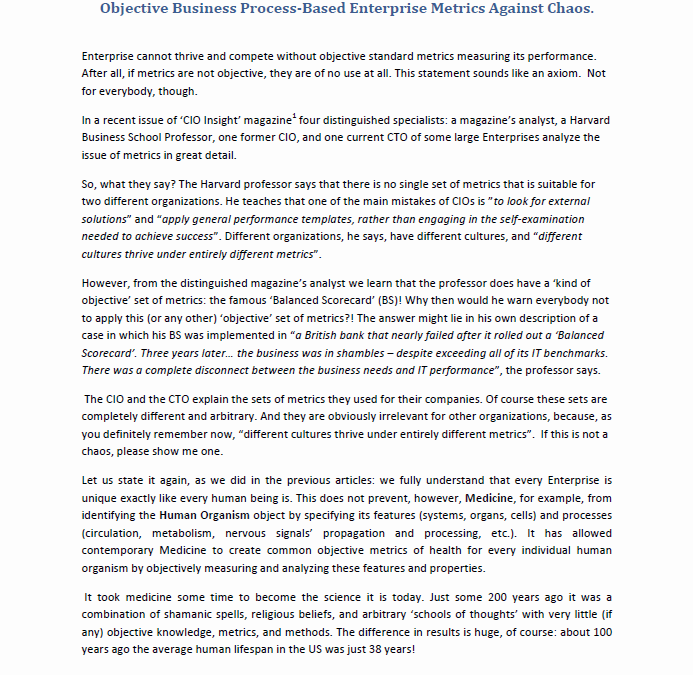
Objective Business Process-Based Enterprise Metrics Against Chaos
Enterprise cannot thrive and compete without objective standard metrics measuring its performance. After all, if metrics are not objective, they are of no use at all. This statement sounds like an axiom. Not for everybody, though.

The Power of Abstraction
The power to abstract is fundamental to innovation. When ideas are scarce, a fresh viewpoint makes all the difference. Abstraction is also a hierarchical process, and that perfectly fits the needs of the innovator facing complex problems requiring system solutions. The Abstraction Ladder

Testing the Waters: Starting a Business Architecture Practice
Many organizations are in the process of starting or considering whether they should be starting a Business Architecture practice. But most are still working to decide what they practice really looks like. Starting a new practice area is never easy and the risks that a new practice might not succeed are high. To make sure that your organization’s Business Architecture practice doesn’t fall victim to this risk it is important to have a plan for how to grow your practice.
